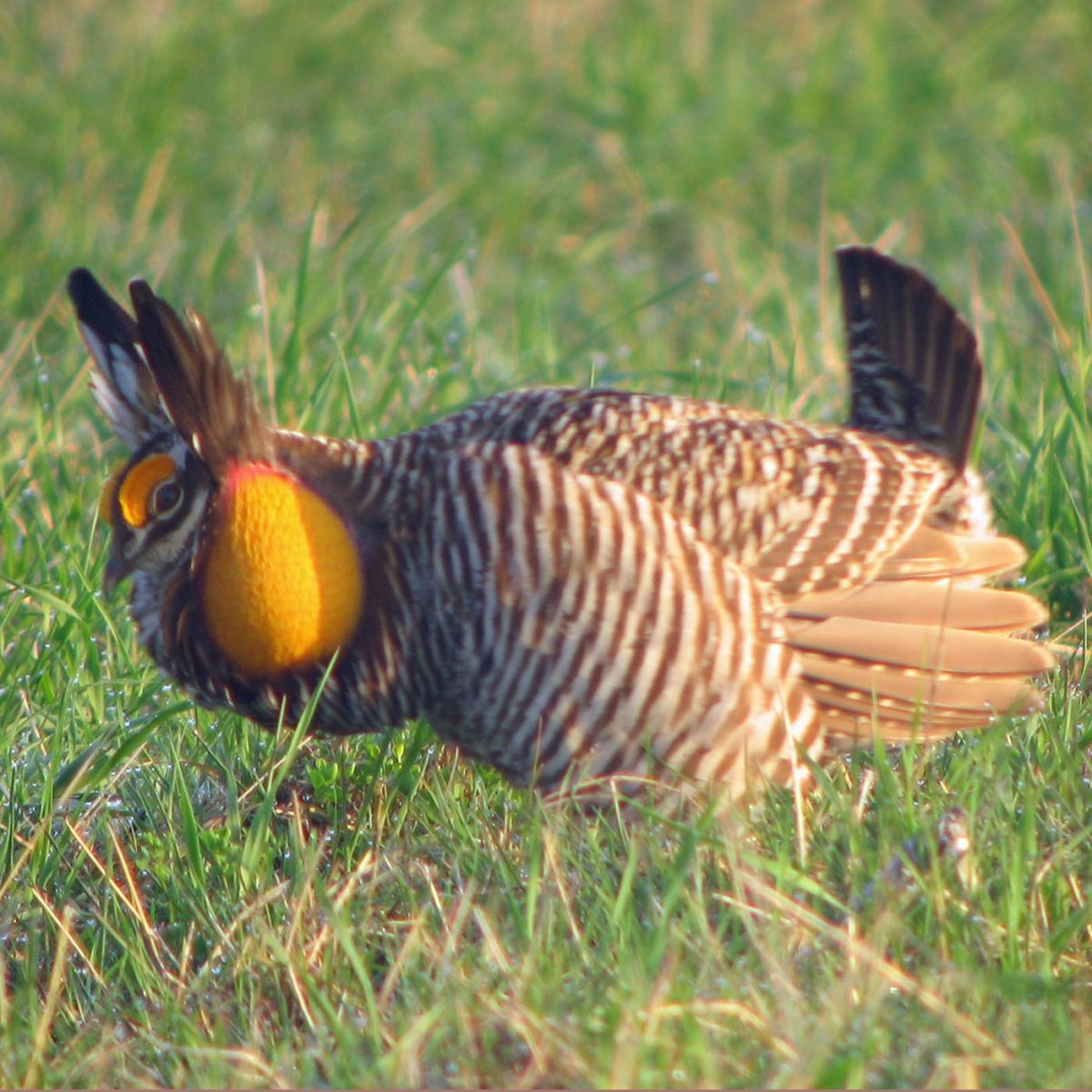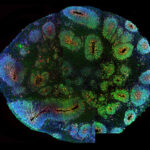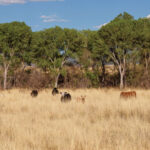Resurrecting the Heath Hen
In March of last year, Harvard scientists came one step closer to bringing an extinct species back to life, when they successfully inserted the recreated genes of a woolly mammoth into the DNA of an elephant. Using CRISPR gene-editing technology, geneticist George Church and his colleagues altered the elephant DNA to code for traits to reduce ear size and promote hair growth, among others. They plan to insert this DNA into the egg of a modern-day elephant and have the animal carry the mammoth to term.
Although reviving a species that’s been gone for thousands of years will be no easy feat, the researchers plan to begin cloning attempts by 2018.
The project — like the concept of de-extinction in general — has been the subject of debate for decades, but in the past year, a smaller, less glamorous, and more recently extinct candidate has quietly come to the fore, and it could well beat the mammoth as the first vanished species to be coaxed back to existence.
A close cousin of the greater prairie chicken, the heath hen of Martha’s Vineyard was once found across much of the East Coast of the United States. But by the late 19th century, it remained only on the island. Though hunting was the main driver of the bird’s decline, the sand plains where it once roamed are not completely gone, providing it with a potential habitat to return to.
Coordinating the project is a nonprofit conservation group called Revive & Restore, founded in part by the provocative environmentalist Stewart Brand. He says he and his team of scientists may be close to culturing the type of greater prairie chicken germ cells they need for move toward their goal. The primordial germ cells — which develop into sperm or eggs — will be altered to carry heath hen DNA, and then transferred into embryo of a greater prairie chicken.
“The heath hen could well be the gateway bird to being able to bring genetic rescue to a wide variety of endangered and possibly extinct birds that we would love to have back and see again in our backyards,” Brand said. Those include other species like the passenger pigeon, the Carolina parakeet, and possibly even the dodo.
But where did the focus on the heath hen come from? Compared to the “cool” factor of restoring an iconic Ice Age animal and the mammoth’s usefulness in restoring the tundra, the small bird seems like a fairly unimpressive species. It was only briefly mentioned when the de-extinction effort broke into the mainstream in 2014 with a New York Times Magazine cover story called “The Mammoth Cometh.” And the year before, a National Geographic cover featured an illustration of the woolly mammoth leading a saber-toothed cat, a dodo, and other extinct creatures out of a huge test tube — but no heath hen.
The heath hen became part of the de-extinction effort after a Martha’s Vineyard resident heard Brand give a talk about Revive & Restore at a party in California, Brand said. The group was already working with scientists who were trying to bring back the passenger pigeon, but the heath hen — more closely related to the greater prairie chicken than the passenger pigeon is to its modern relative — had the potential to be easier to work with. According to Ben Novak, who works at Revive & Restore, the heath hen gene has about 250,000 mutations that vary from the prairie chicken gene. For the passenger pigeon and those living today, the difference is 25 million.
And the heath hen certainly got a push (and funding) from Martha’s Vineyard residents themselves. The bird is the beloved subject of much lore, including school plays and museum exhibits. A popular bike trail passes a large stone monument to “Booming Ben,” the last island heath hen, who continued to perform his loud, aggressive mating ritual until he too disappeared.

The greater prairie chicken, shown here in Illinois, is a close cousin of the heath hen, and it could help to bring it back.
Visual: Revive & Restore
Despite all the talk of cloning, the de-extinction process being used in this project is not that. Cloning relies on obtaining living cells with intact DNA, whereas the heath hen DNA is fragmented and comes from preserved museum specimens in Chicago, Philadelphia, and Toronto. With the advent of CRISPR-Cas9, the much heralded, highly precise gene-editing technique, the plan is to use the greater prairie chicken genome as a base and insert heath hen mutations into the cells that go on to produce the birds’ gonads. The result will be a chimera — a greater prairie chicken with the eggs or sperm of a heath hen. Those birds, when mated, will go on to produce offspring with the traits of the extinct species.
As the revival project moves forward, it has pulled in partners to help with the next steps. The researchers contracted a game bird breeder in Idaho to nurture a flock of greater prairie chickens, and the eggs were sent to Crystal Bioscience in California. While that company is not in the de-extinction business — it specializes in genetically engineered chickens designed to produce human antibodies for use in drug discovery — scientists there have developed cell lines from the eggs of other birds. Now the hope is that the greater prairie chicken cells growing in culture are primordial germ cells.
“That is a level of success that was not anticipated” for the first breeding season, Novak said.
Though the heath hen project may seem more doable than reviving the woolly mammoth, George Church, the Harvard geneticist, says he thinks both species are at about the same stage in the de-extinction process – and that either one could produce an egg or embryo within the next few years.
“I think they’re both moving faster than we expected they would,” he said.
Back on the Vineyard, conservationist and lifelong resident Tom Chase says he supports the project, but he isn’t in it for the bird alone. Chase believes the effort will help the Vineyard reclaim some of its overgrown forests to recreate the hen’s habitat— the island’s shrinking but environmentally important sand plains. Without that, the island won’t have enough habitat to support the hen and there will be plenty of predators to stalk them.
“The idea of spending the effort just to bring back a bird just for the sake of the bird … I think is misguided,” Chase said. “The only reason to bring it back is if it makes the ecosystem functional again for wildlife.”
Even as the heath hen project moves along, the woolly mammoth isn’t going anywhere. The entertainment industry magazine Variety reports that best-selling author Ben Mezrich has already sold the movie rights to a book about the effort. And, as Church notes, the mammoth has a constituency of its own.
The scientific circle of researchers working on de-extinction and ancient DNA is a small one. The passenger pigeon, the heath hen and the mammoth are all linked to Stewart Brand’s Revive & Restore organization. And right now, their flagship project is the heath hen.
“The good news is that it is moving along faster than we dared hope,” Brand said. Still, he agrees with Church: “There is a whole lot of science that is yet to be done.”
Tinker Ready is a freelance health and science writer based in Cambridge, Massachusetts. She blogs and reports for Boston Health News, and her work has appeared in Fast Company, Nature Medicine, Utne, The Washington Post, The Boston Globe, Esquire, The Boston Phoenix, The News & Observer and Parents, among others.










